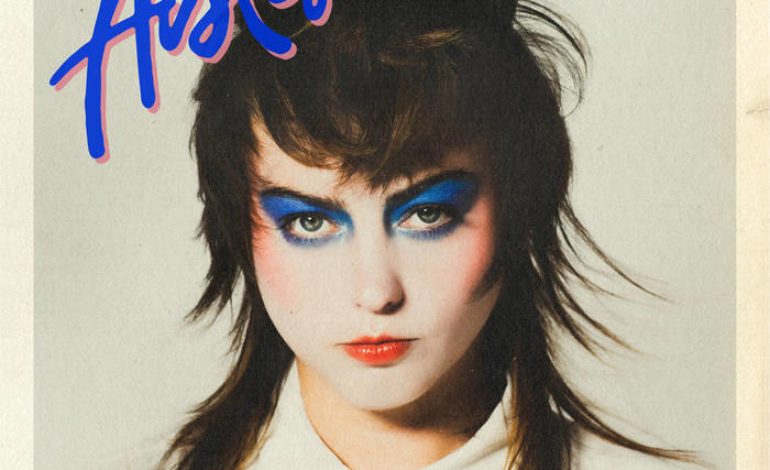

Reimagining classics as one’s own
Angel Olsen, known for her atmospheric work, has adapted the songs of mid-1980s pop instrumentals for an EP that simply amazes. Her ability to create quality work for her fans is undeniable. With a strong, lingering voice, Olsen uses Aisles as a marvel between her longer studio-length albums to truly cement her talents in production. In the long, drawing notes, it is made known that every inch of the EP has been tailored to its sonic aesthetic. In its short length, it is known as a distinct look into its vision. Even in covers, it is remarkable to listen to beyond its original source to see how Olsen revisions these works.
As a track opener stands, “Gloria” is one that from the very beginning creates a distinct sound. With its pleas to its title character, the narrator asks why she is pursuing men the way that she is. Starting with more mellow tones, the song increasingly accelerates. With echoey beginnings, the rhythmic ballad is pulsed with reverb. It is the instrumental break after the chorus that the song truly gains its wings—its instrumentals entangle with lyrical strings in a way that creates a more punctuated melody. Its complexity becomes haunting, acting as mimicry to Olsen’s own droning ballads. By the time Olsen screams her rhetorical questions, the music propels one in a distinct cinematic soundscape. It rivals some of the best works of the year in terms of production in the genre, leading toward high hopes for the rest of the album in a mere four minutes.
However, it is in the next song, “Eyes Without A Face,” where dream pop and 1980s instrumentals truly come to the fore. The audio quality sounds antiquated and textured, which adds to interest for the track. It also provides a great contrast to the soft backing vocals. With her autotuned voice, the need to fall back is reconciled with the fact that she knows someone is not good for her. Like a great album, the production is strong enough that it aids in its message. Even with its many sonic changes, it sounds contiguous and is not muddled in its large ideas. Like much of the work, the covers are brilliantly produced to the imagination of Olsen.
Perhaps the most infamous of the works covered, “Safety Dance” is almost hypnotic in its portrayal. Gone are the lively, pop-fueled tackiness of the original. Almost begging the others to join her, the song has a drunken effect, as if the original was simply an idealized memory. It’s a reinterpretation that honors the original, with many instrumental embellishments to heighten it to new meaning. What was once mindless becomes a sense of intent. Robotic voices underlie certain lines, honoring a new view on the 1980s as an era of decay. It seems to descend to a place of chaos, begging to view the original pop classic beyond its plastic candy-colored optimism.
Similarly, “If You Leave” begins with a more haunting aesthetic than its original. Olsen ensures that the production work is significantly verbose, with many underlying instrumentals to suit her modern aesthetic. If one enjoys covers that expand beyond the constraints of its original subject matter, this track is a perfect example. Oddly enough, Olsen’s dream rock aesthetic seems to fit well within these aesthetics. Seeing the potential of the genre within these classic songs shows the true talents of Olsen vocally and artistically, cementing it throughout.
Arguably the best cover on the album, “Forever Young” begins as a soft instrumental loop. Bare vocals underlying stripped-down instrumentals, the lyrics are highlighted in a paradoxical sense. With the voice of someone with more maturity, it seems the song is looking back on a childhood that has long passed. Honoring the lyrics of these songs, Olsen truly honors how timeless they are. Asking herself if she wants to be forever young, she acknowledges that these songs have a haunting perception of the world.
With naivety, these songs existed as anthems for a generation. Her vocals and production lead these songs into a new area, where they can exist of their own merit, as haunting depictions of bygone days. It is a powerful work of production and vocal prowess that truly cements Aisles as Olsen’s own.
